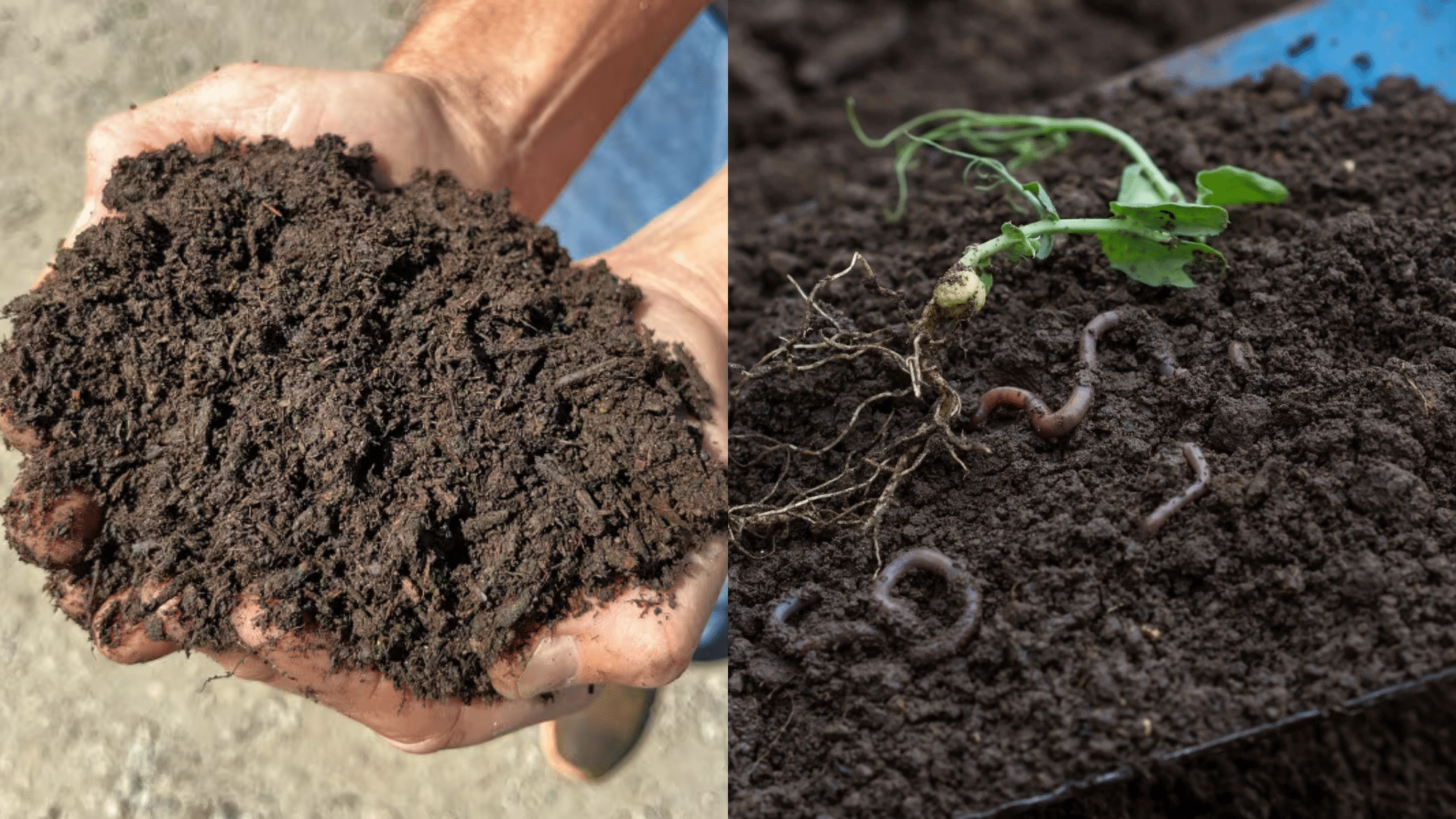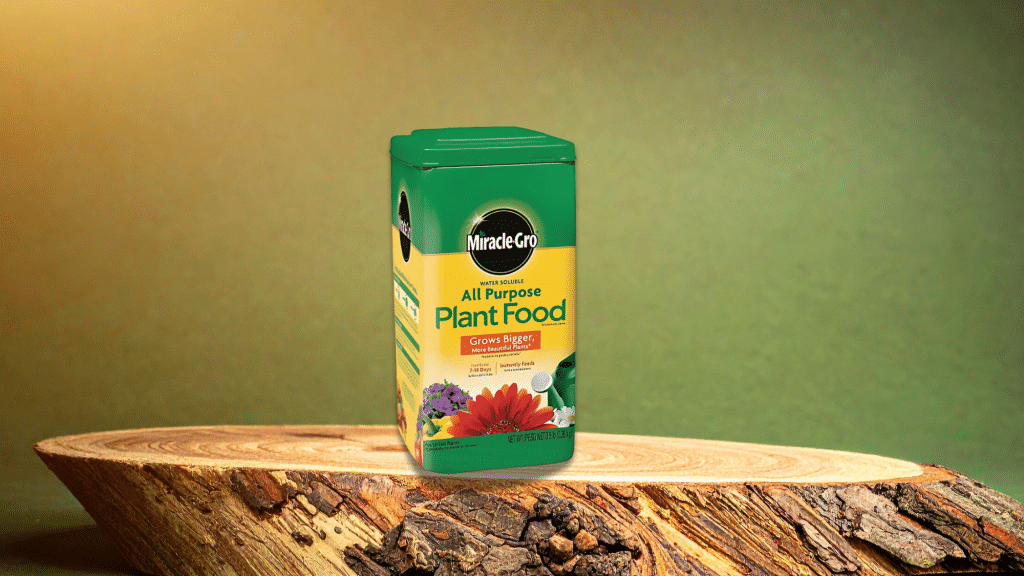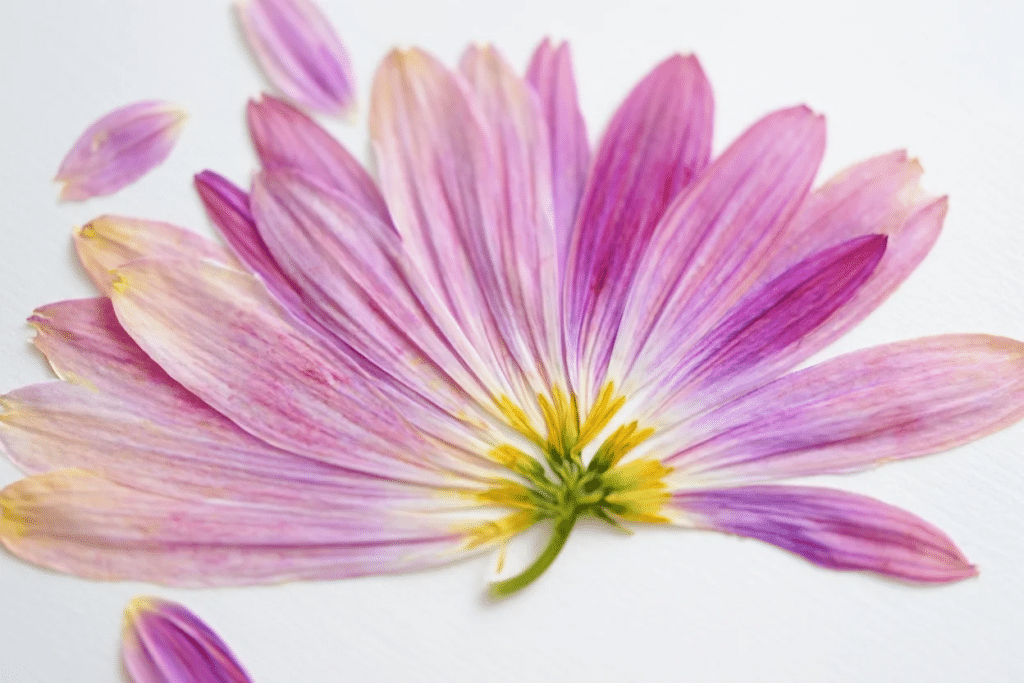Ever grabbed that blue box of Miracle-Gro, thinking it’s the magic solution for every plant problem? We’ve all been there.
But this fertilizer isn’t always the hero your garden needs. In fact, if you’re searching for the right fertilizer option for hostas or other shade-loving plants, it might not be the ideal choice every time.
Sometimes Miracle-Gro can actually harm your plants or create more problems than it solves. Well, there’s definitely a right way and several wrong ways to apply it.
In this blog, we’ll see when not to use Miracle-Gro, plus share the insider tips for safe application that’ll keep your plants thriving instead of just surviving.
What is Miracle-Gro?
Miracle-Gro is one of the most recognizable synthetic fertilizer brands you’ll find at any garden center.
It comes in several forms – water-soluble powder that you mix with water, slow-release granules you sprinkle around plants, and convenient fertilizer spikes you just push into the soil.
Its popularity stems from delivering fast results. The high nitrogen content gives plants that quick green-up boost gardeners love to see.
It’s basically the espresso shot of the plant world, promising bigger blooms and lusher foliage in weeks rather than months.
When Should You Avoid Using Miracle-Gro?

While Miracle-Gro works well in many situations, there are times when you should skip it entirely.
Here are the key scenarios where this popular fertilizer can do more harm than good:
1. In Organic Gardens: If you’re committed to organic gardening, Miracle-Gro simply doesn’t belong. It’s a synthetic fertilizer that violates organic principles completely.
2. Soil Health Concerns: Synthetic fertilizers can harm beneficial soil microbes that are crucial for nutrient cycling. Over time, this disrupts soil ecosystems and structure.
3. Environmental Risks: Excess Miracle-Gro runs off into waterways during rain, contributing to algae blooms and water pollution that harms aquatic life significantly.
4. Plant Stress and Burn: Overuse or mixing it too strong can literally burn your plants’ roots and leaves. More isn’t always better with fertilizers.
5. Not for All Plants: Some plants, especially natives, prefer lean soil conditions. Heavy synthetic feeding can make them grow weak and pest-prone instead.
How to Apply Miracle-Gro Safely?
Using Miracle-Gro safely isn’t complicated, but it does require following some basic rules that’ll protect both your plants and your family.
| Safety Step | What to Do |
|---|---|
| Follow Label | Read directions carefully and mix only the recommended amounts. |
| Proper Application | Dissolve fertilizer completely; water before and after feeding. |
| Best Timing | Apply in early morning or late evening to minimize evaporation and leaf burn. |
| Monitor Plants | Watch for yellow or brown leaf edges, which may indicate fertilizer burn. |
| Pet & Kid Safety | Store Miracle-Gro securely; keep children and pets off treated areas until dry. |
| Personal Safety | Wash hands after use and ensure good ventilation when applying indoors. |
Remember, when applied correctly, it can be a useful tool in your gardening arsenal.
The key is respecting its strength and following these safety tips every single time – much similar to how gardeners compare different options when considering 10-10-10 fertilizer before application.
Safer Alternatives

Looking for gentler options? Compost and well-aged manure feed plants slowly while improving soil health. Fish emulsion and kelp meal offer organic nutrients without the harsh chemicals.
Worm castings work wonderfully for container plants, and they’re nearly impossible to overuse. These alternatives take longer to show results but create healthier, more resilient plants.
Common Mistakes to Avoid
Even experienced gardeners make these fertilizer blunders that can harm plants and waste money. Here are the most frequent mistakes to watch out for:
- Overfertilization: More isn’t better; excess fertilizer burns plants and wastes money
- Applying to dry soil: Always water plants first to prevent root damage
- Fertilizing stressed plants: Avoid feeding wilted, drought-stressed, or newly transplanted plants
- Mixing too strong: Never exceed recommended concentrations, even for hungry-looking plants
- Poor timing: Don’t fertilize during extreme heat or drought when plants can’t absorb nutrients properly
The Bottom Line
Smart fertilizer use comes down to knowing when to say no and how to apply it right when you do say yes.
Miracle-Gro isn’t evil, but it’s not magic either it is simply a tool that works best in the right hands at the right time.
Your plants don’t always need a synthetic boost. Sometimes they need patience, organic alternatives, or just better watering habits.
When you do reach for that blue box, respect its power. Follow the guidelines, watch your plants’ responses, and remember that healthy soil beats quick fixes every single time.













